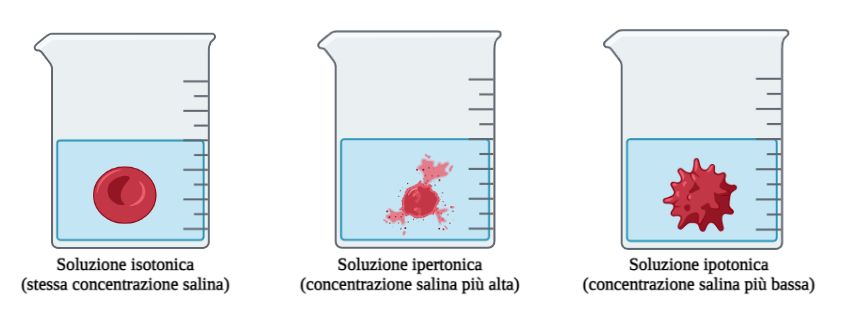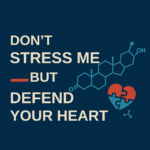
Good blood will tell! Traveling in the circulatory stream
Red blood cells (RBC) are the most abundant cell type in the blood. Mature RBC are anucleate but possess a sophisticated defence machinery, as well as gas and nutrient helpful transport systems. During their 120 days lifespan these cells flow through circulatory system continuously modifying their biconcave shape which makes them able to traverse narrow blood vessels , ensuring gas exchange. Based on such deformability and in response to stress, red blood cell volume can be altered by an extra- and/or intracellular osmolarity change, resulting in cell shrinkage and/or swelling (Figure 1) which affects the typical biconcave shape leading thus to a general decline in physiological functions and to possible pathological states.













